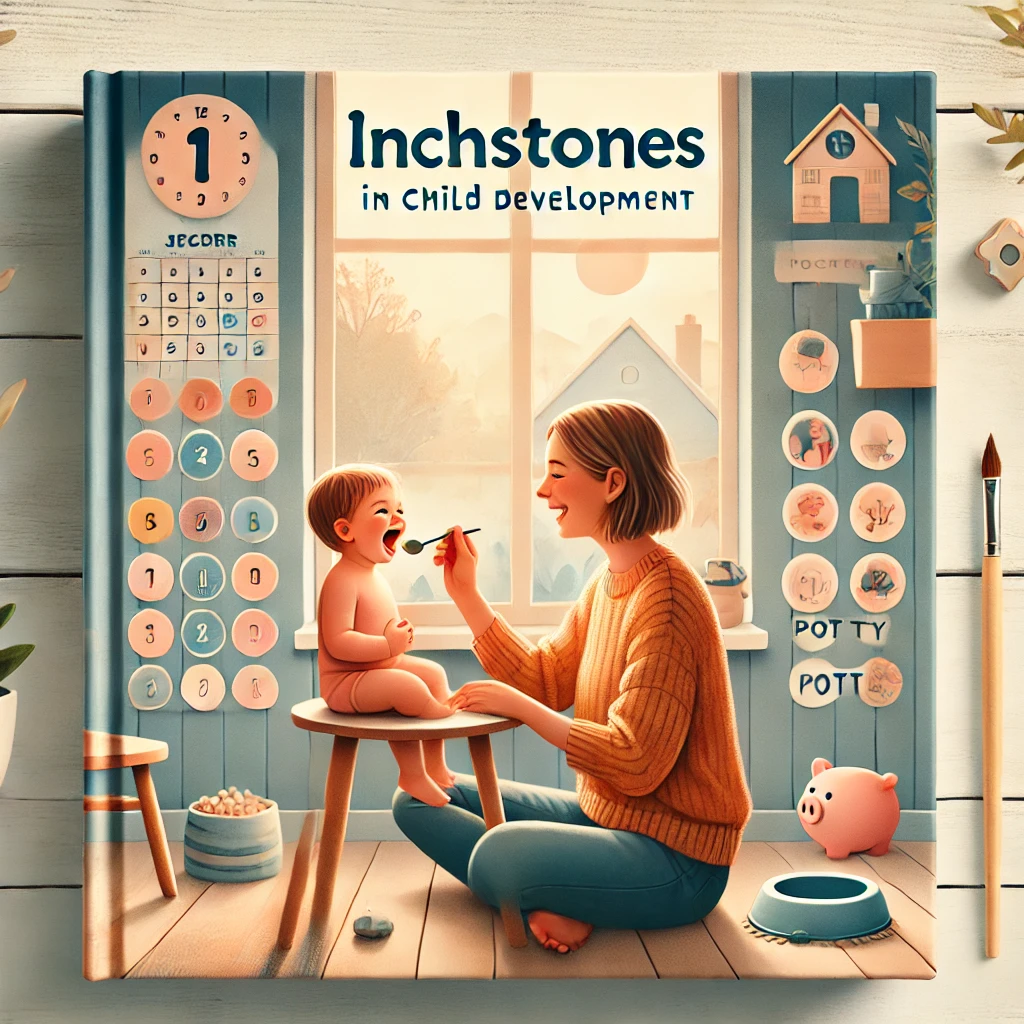
Getting a child to listen can sometimes feel like an uphill battle. It’s a challenge most parents face at some point in their journey. In this blog post, we will explore effective positive disciplining and gentle parenting techniques that can help you foster cooperation and respect in your relationship with your child.
To start, let’s clarify the concepts of positive parenting and gentle parenting. According to UC Davis Health, Positive parenting is a nurturing approach that emphasizes showing children love, warmth, and kindness while guiding them towards desired behavior through encouragement and teaching, ultimately conveying the powerful message: You are loved, you are good, you matter. On the other hand, gentle parenting promotes a similar philosophy but places even greater emphasis on non-punitive methods and building trust between parent and child.
The journey into positive and gentle parenting begins with setting clear expectations. It’s important to communicate your expectations clearly and age-appropriately. Instead of saying, “You should know better,” try saying, “I know it’s hard to share your toys, but let’s take turns.”
The subtle shift in approach can make a significant difference. Children often respond better when they feel their parents understand their perspective. This leads us to the next vital aspect of positive disciplining: empathy. Instead of jumping to conclusions about why a child is misbehaving, try asking them how they feel and why they are upset. This simple change can diffuse tense situations.
For instance, when a child refuses to eat their vegetables, rather than insisting they finish them, you can sit down with them and ask, “Is there something about the broccoli that you don’t like?” This approach encourages communication and problem-solving.
Another key element of positive disciplining is avoiding punishment and using natural consequences. This approach encourages children to take responsibility for their actions and learn from them. For example, if a child accidentally spills juice on the table, instead of scolding them or putting them in timeout, involve them in cleaning up the mess. This not only makes them more aware of their actions but also helps them develop a sense of responsibility.
As children grow older, you can introduce problem-solving. This involves sitting down together and discussing a situation that caused conflict. Together, brainstorm possible solutions and choose the one that feels fair to both parent and child. This empowers the child to take an active role in resolving conflicts and making decisions.
Positive parenting and gentle parenting also emphasize the importance of modeling good behavior. Children learn by observing their parents, so it’s essential to set a positive example. If you want your child to be respectful and kind, you need to demonstrate those qualities in your interactions with them and others. This means being mindful of how you communicate, even when you are frustrated or upset.
Consider implementing the “time-in” technique instead of sending a child to their room when they misbehave. Invite them to sit with you and talk about what happened. Work through their feelings and discuss how they can make amends. This approach helps maintain the parent-child connection even in challenging moments and reinforces the idea that mistakes are opportunities for growth.
Another significant shift in parenting style is focusing on praise and positive reinforcement. Instead of constantly pointing out what a child is doing wrong, highlight their positive actions and efforts. This boosts their self-esteem and motivates them to behave better.
For instance, when a child makes their bed without being asked or shares their toys with a friend, genuinely praise their efforts. This encourages them to continue these positive behaviors and creates a more harmonious atmosphere at home.
Of course, there will be moments when you falter, and old habits resurface. But remember, the key to positive disciplining is consistency and patience. Changing behavior takes time for both you and your child. It’s a journey, not a destination.
In conclusion, positive parenting and gentle parenting can transform your relationship with your child. By setting clear expectations, empathizing with their feelings, avoiding punishment, modeling good behavior, and offering praise, you can foster a strong and loving connection. It’s a journey that requires commitment, but the rewards in terms of a happier, more cooperative child and a deeper bond between parent and child are immeasurable.
If you want to delve deeper into positive disciplining and gentle parenting, I recommend checking out high-authority websites like PositiveParenting.com and AhaParenting.com. These resources provide valuable insights and strategies to help you on your parenting journey.
Remember, every child is unique, and what works for one may not work for another. It’s essential to tailor your approach to your child’s personality and needs. Stay patient, stay positive, and watch as your child begins to listen and thrive.










